Retro facts about cars, music, and style that defined a generation
Ah, the good old days! The retro era was a time when style, music, and automobiles were not just forms of entertainment but statements of identity. Retro cars, with their distinctive designs, music that defined decades, and fashion trends that broke the mold, all come together to paint a picture of a vibrant past.
This journey takes us through the iconic elements that continue to influence today’s culture, reminding us of a time when creativity knew no bounds.
The Rise of Muscle Cars: Power and Performance in the 1960s
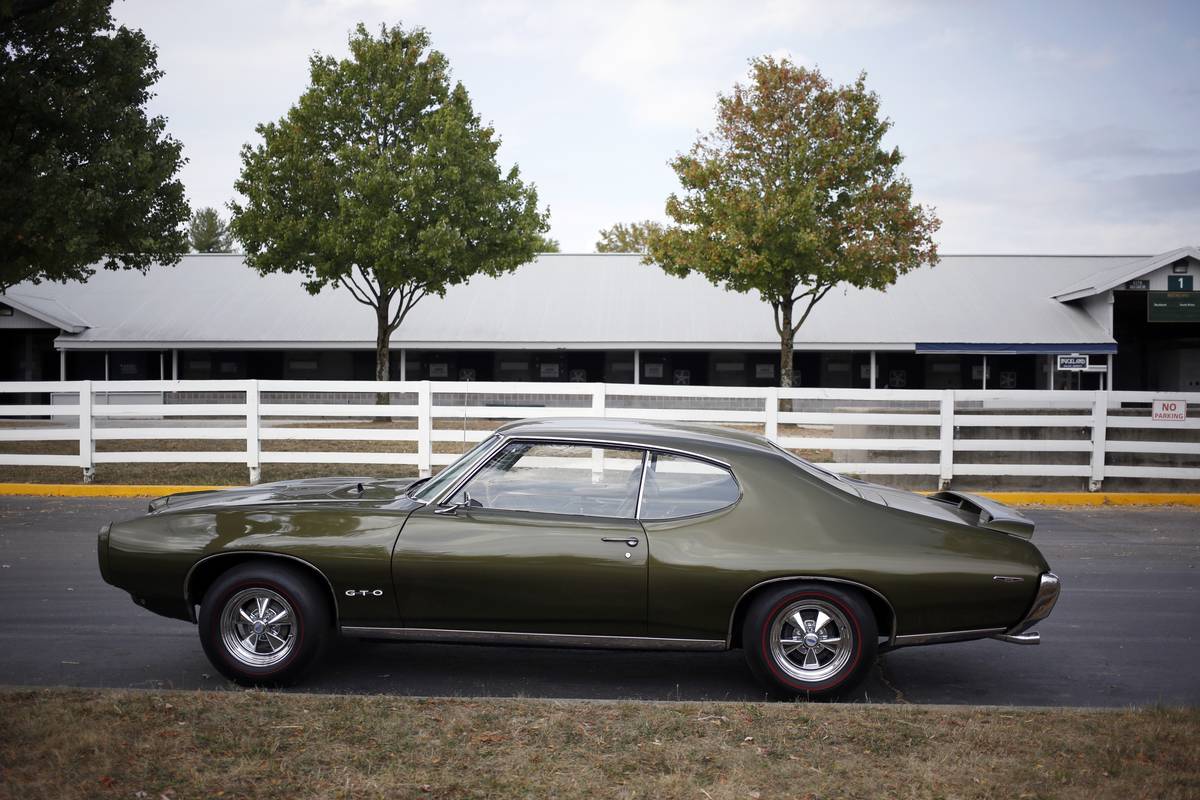
Muscle cars roared to life in the 1960s, offering unmatched power and speed. The Pontiac GTO, often dubbed the first true muscle car, hit the scene in 1964, boasting a V8 engine that could go from 0 to 60 mph in just over six seconds.
These cars were designed for performance and style, capturing the hearts of young enthusiasts seeking thrills on four wheels. The era saw legends like the Dodge Charger and the Ford Mustang, each contributing to the muscle car legacy with their unique charm.
Vinyl Records: The Soundtrack of a Generation
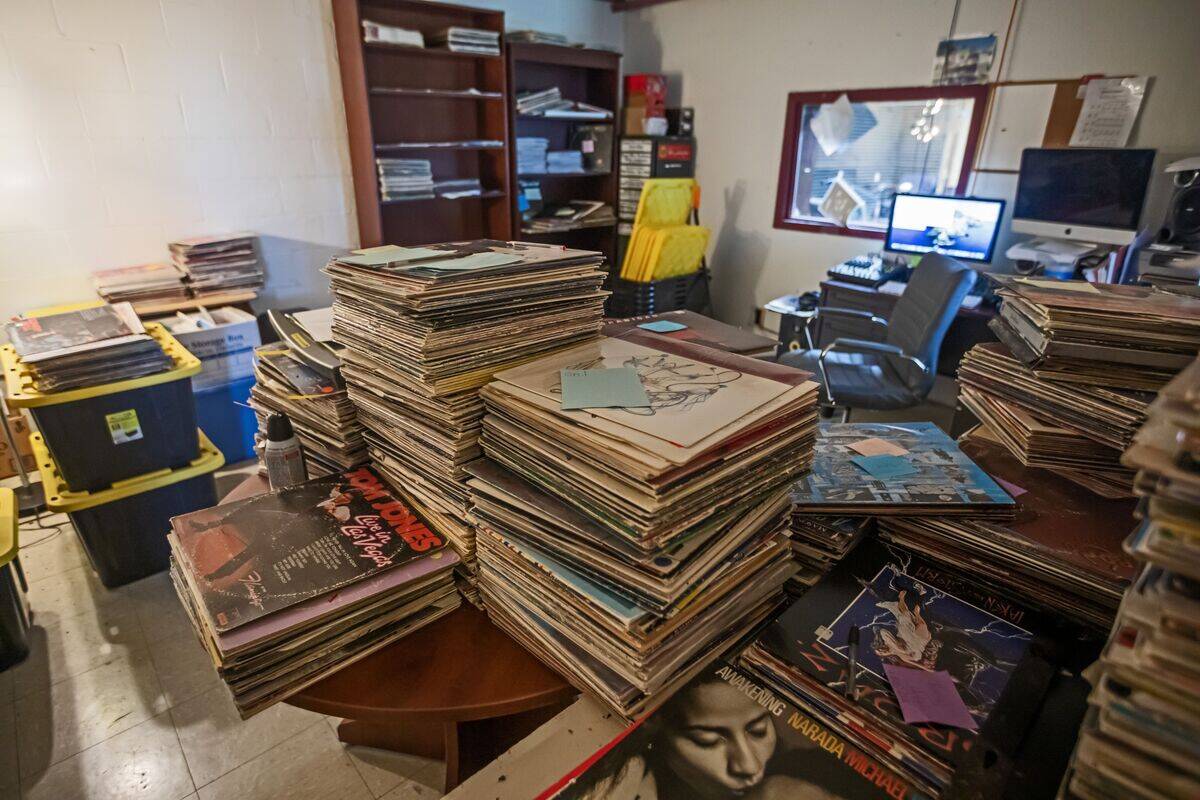
Vinyl records spun their way into the hearts of music lovers, offering rich, warm sounds that digital formats can only aspire to replicate. The 1960s and ’70s were the golden age of vinyl, with iconic albums from The Beatles and Led Zeppelin shaping the music landscape.
Collectors still treasure these records, not just for their audio quality but for the tangible connection they offer to the past. The comeback of vinyl in recent years only highlights its timeless appeal, as new generations discover the joy of flipping through record crates.
Bell Bottoms and Platform Shoes: The Fashion Revolution of the ’70s
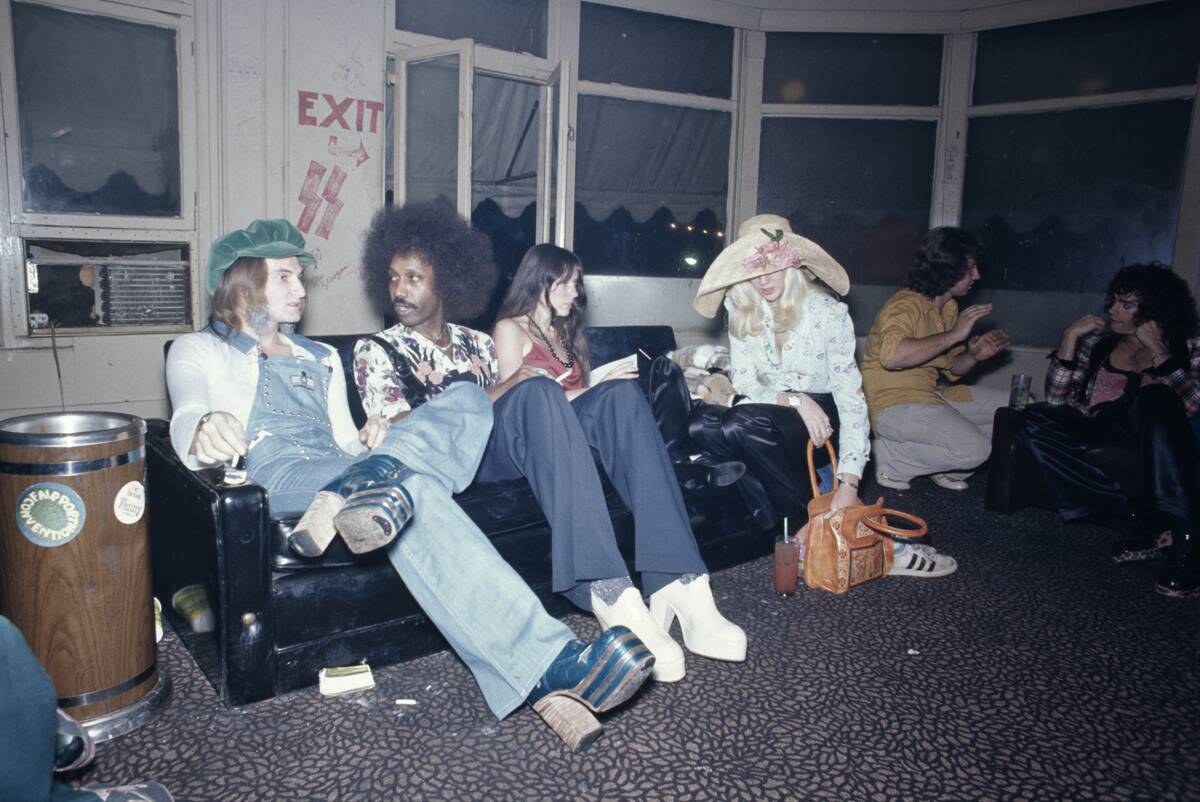
The ’70s saw fashion take a daring leap with bell bottoms and platform shoes becoming the rage. These styles were all about self-expression and breaking away from the conservative norms of the past. Bell bottoms, with their flared legs, were a hit on the disco dance floors, while platform shoes added height and drama to any outfit.
This fashion revolution was about more than just clothes; it was about pushing boundaries and celebrating individuality in an era of social change.
The Iconic Volkswagen Beetle: A Symbol of the Counterculture Movement

The Volkswagen Beetle, with its quirky design and affordable price, became an emblem of the counterculture movement of the 1960s. Originally designed in Nazi Germany, it transformed into a symbol of peace and love, embraced by the hippie generation.
The Beetle’s simple mechanics and reliability made it a favorite among young people who valued freedom and adventure. Its enduring popularity is a testament to its unique charm and the cultural shift it represented during a turbulent time in history.
Disco Fever: How the Dance Craze Took Over the World

When disco fever hit in the 1970s, it took the world by storm with its infectious beats and glittering dance floors. Clubs like Studio 54 in New York City became iconic, drawing celebrities and dance enthusiasts alike.
Songs like “Stayin’ Alive” by the Bee Gees became anthems of the era, and disco balls became a staple of nightlife. This dance craze was more than just music; it was a phenomenon that celebrated diversity and freedom, inviting everyone to join the party and dance the night away.
The Leather Jacket: From Rebels to Rockstars

The leather jacket has long been a symbol of rebellion and coolness, tracing its roots back to the 1950s. Marlon Brando and James Dean immortalized it on the silver screen, setting the stage for rockstars like The Ramones to claim it as their own.
This versatile piece of clothing became synonymous with rock ‘n’ roll, offering an edgy look that defied conventional fashion. Even today, the leather jacket remains a staple in wardrobes worldwide, embodying a spirit of defiance and timeless style.
Cassette Tapes: The Portable Music Revolution

Cassette tapes revolutionized music consumption in the late ’70s, offering portability and personalization like never before. The Walkman, introduced by Sony in 1979, allowed people to take their music on the go, creating a personal soundtrack for everyday life.
Unlike vinyl, cassettes could be recorded, enabling the creation of mixtapes that became declarations of love, friendship, and musical taste. Despite their decline with the rise of CDs, cassettes hold a nostalgic charm, remembered fondly by those who grew up during their heyday.
The Ford Mustang: An American Classic

The Ford Mustang galloped onto the scene in 1964, capturing the hearts of car enthusiasts with its sleek design and affordability. It was the brainchild of Lee Iacocca and quickly became a symbol of American muscle.
The Mustang’s allure lay in its capability to deliver power and performance wrapped in a stylish package. Over the decades, it has evolved but remained true to its roots, becoming an enduring icon of the automotive world and a testament to American innovation and style.
Punk Rock: The Rebellion Against Mainstream Music

Punk rock exploded in the 1970s as a raw, energetic rebellion against the polished sounds of mainstream music. Bands like The Sex Pistols and The Ramones led the charge, with fast-paced, stripped-down tracks that spoke to disaffected youth.
The DIY ethos of punk encouraged fans to create their own music and fashion, fostering a sense of community and individuality. This genre not only changed the music industry but also influenced fashion and culture, leaving a lasting legacy of defiance and creativity.
Tie-Dye and Peace Signs: The Hippie Style Statement
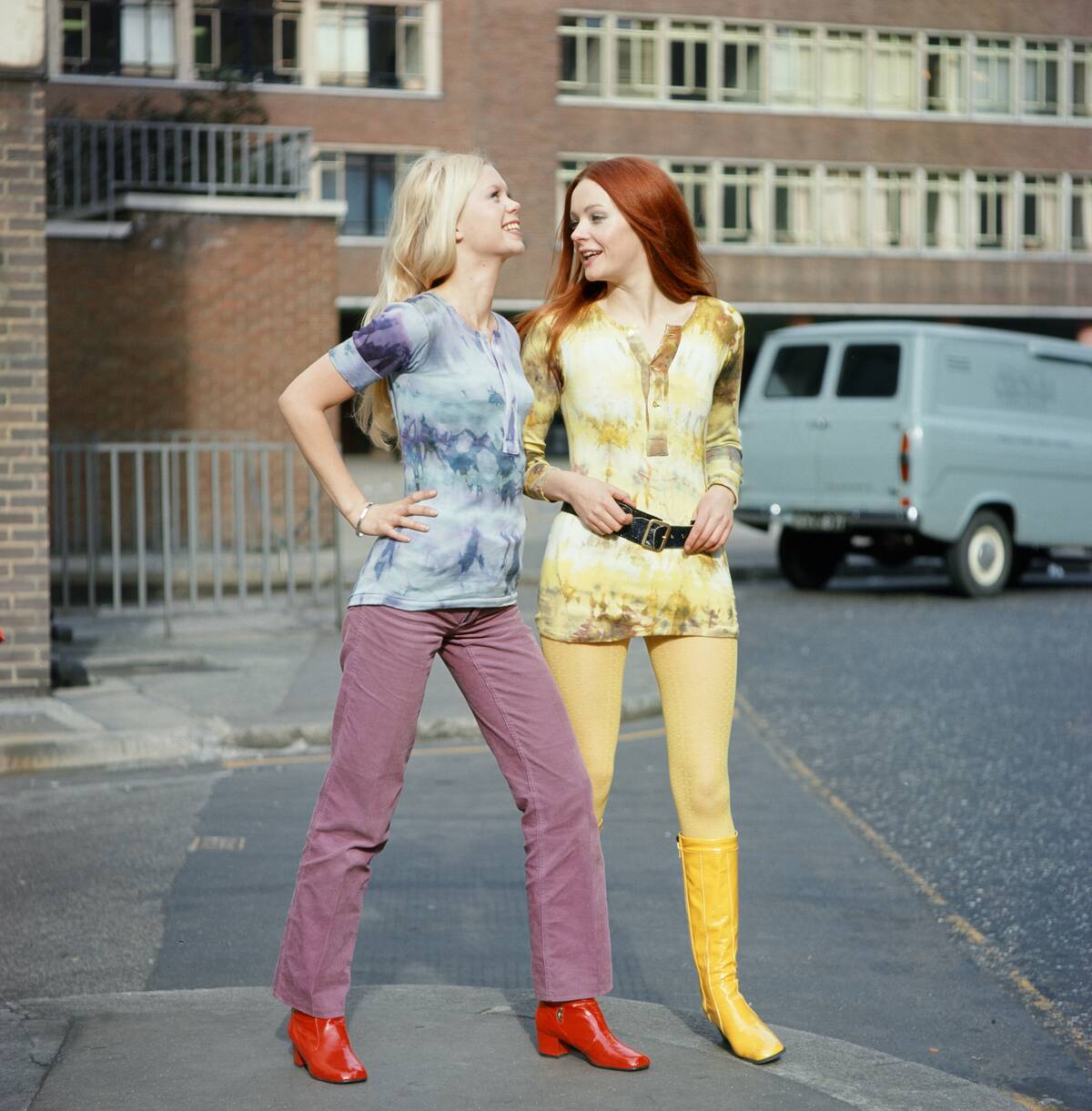
Tie-dye and peace signs became synonymous with the hippie movement of the 1960s, representing a counterculture that valued peace, love, and harmony. Originating from ancient dyeing techniques, tie-dye was embraced for its vibrant, psychedelic patterns that matched the era’s free-spirited ethos.
Peace signs, popularized by anti-war protests, became powerful symbols of hope and unity. These styles transcended mere fashion, embodying the ideals and aspirations of a generation seeking to change the world through peace and creativity.
The Boombox: Bringing Music to the Streets
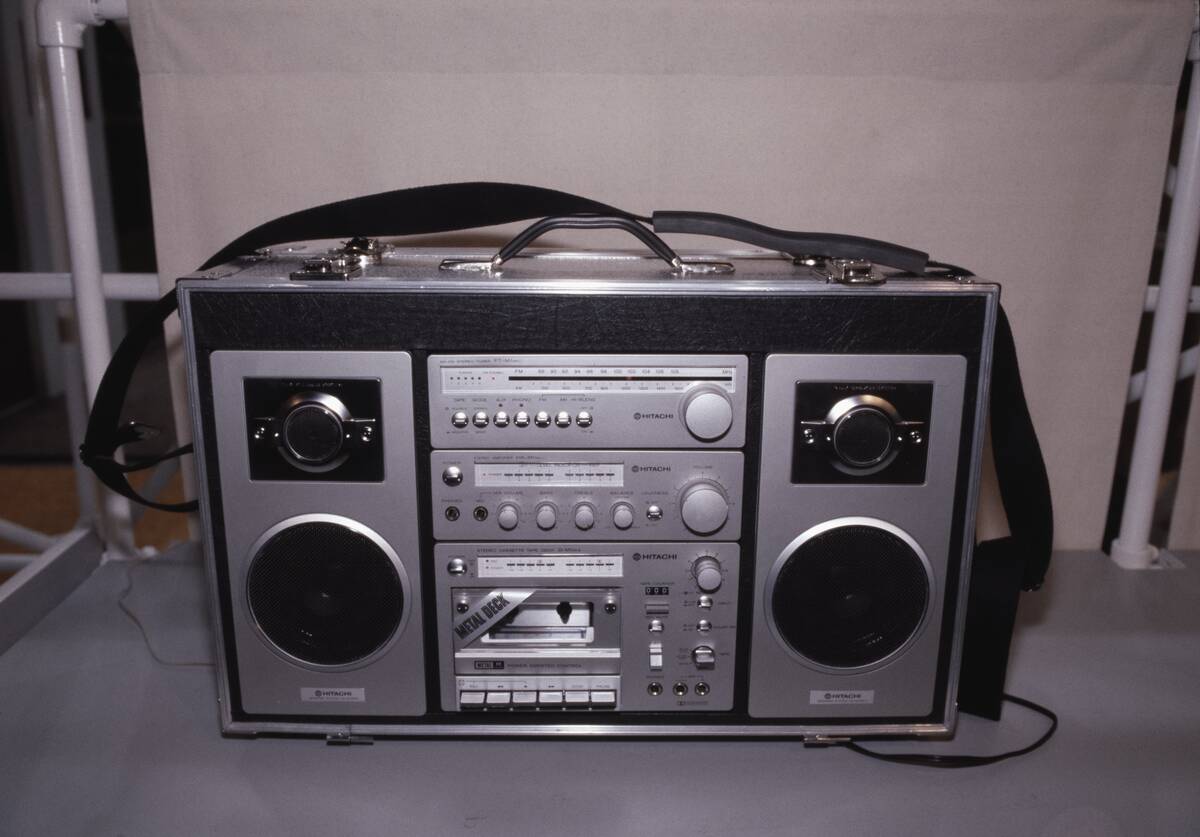
The boombox, also known as the “ghetto blaster,” became an emblem of urban culture in the late ’70s and ’80s. With its powerful speakers and portable design, it brought music to the streets, parks, and block parties, democratizing sound in a way that was both public and personal.
Hip-hop culture embraced the boombox, using it as a tool for expression and community gatherings. Despite the advent of more compact music devices, the boombox remains a nostalgic symbol of an era when music truly moved with the people.
The Cadillac Eldorado: Luxury on Wheels
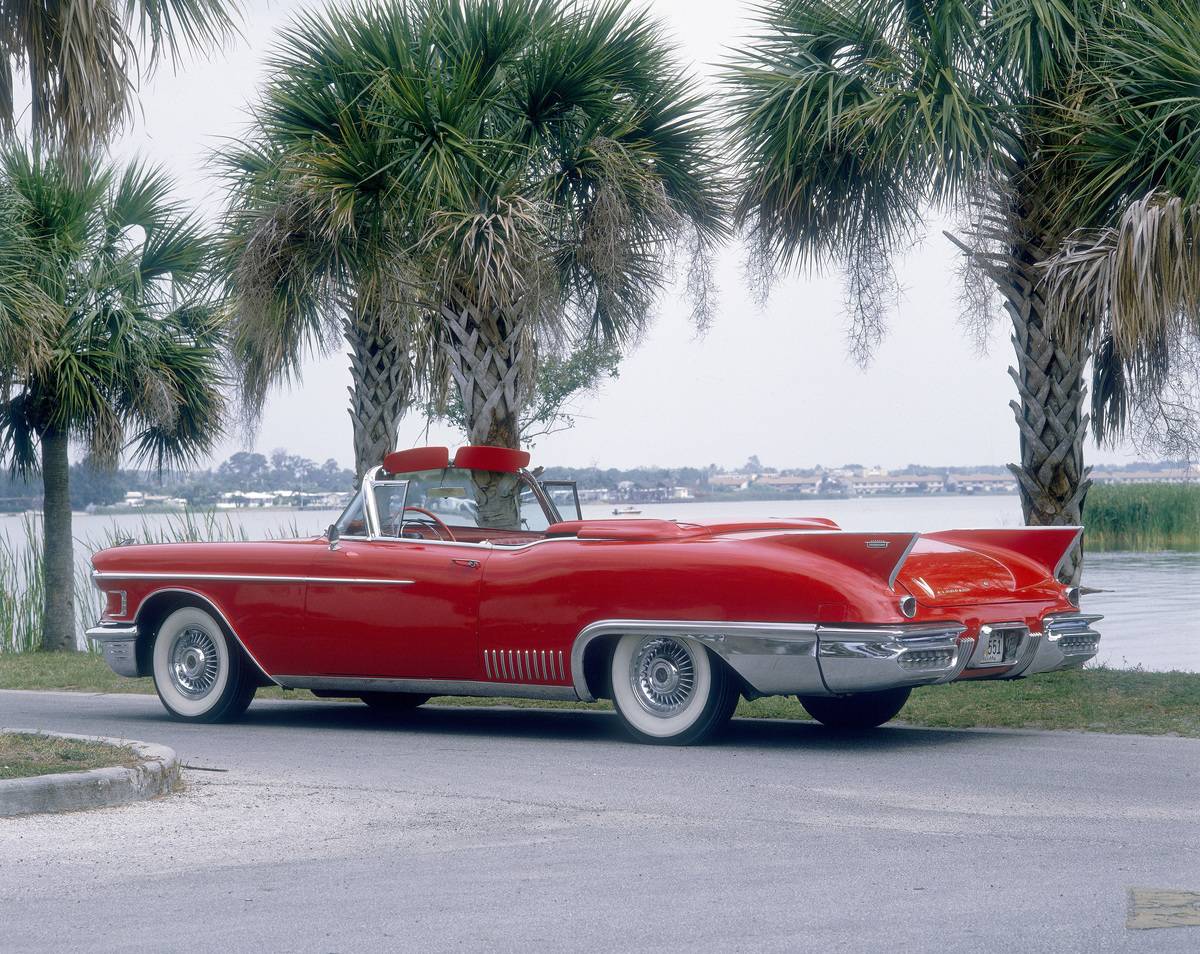
The Cadillac Eldorado epitomized luxury and elegance in the automotive world from the 1950s through the ’70s. Known for its lavish interiors and smooth ride, it became the choice vehicle for those who sought status and comfort on the road.
With features like the convertible top and tailfins, the Eldorado was a testament to American engineering and style. Even today, it remains a classic, celebrated for its contribution to the golden age of American automobiles and its embodiment of opulence on wheels.
Glam Rock: When Fashion and Music Collided
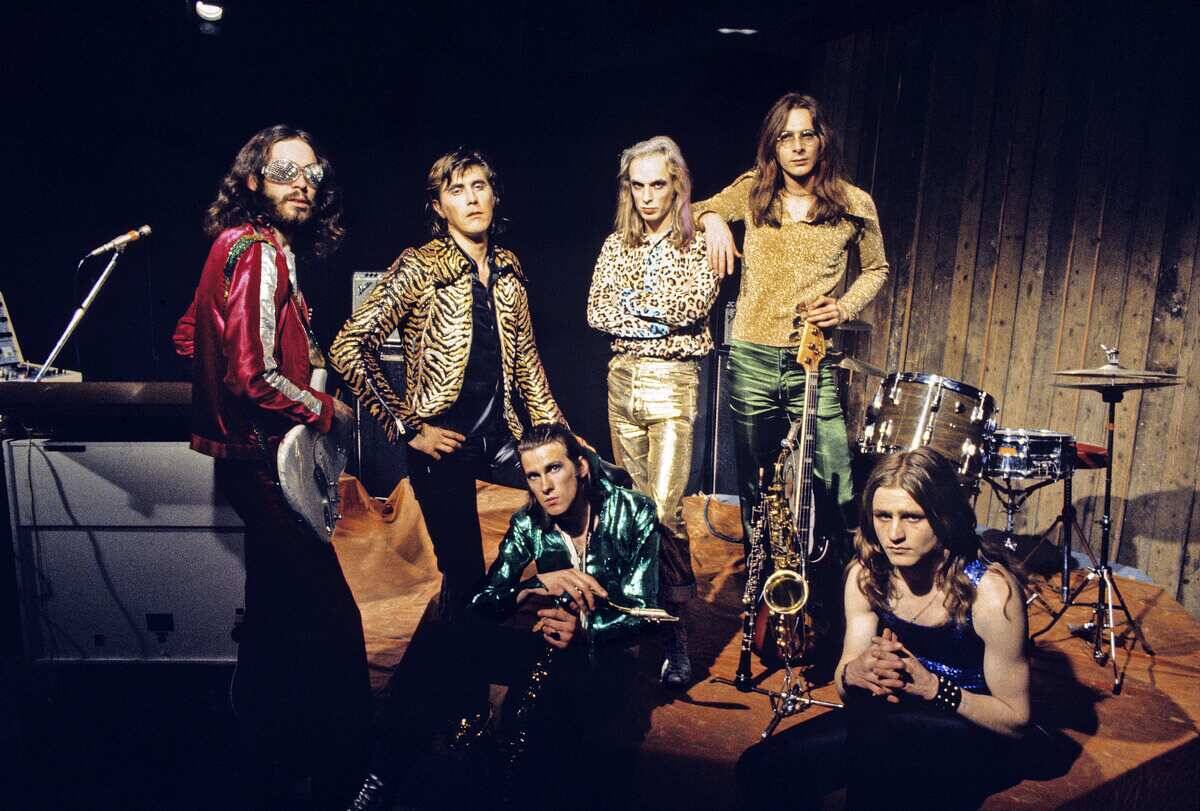
Glam rock burst onto the scene in the early ’70s, blending flamboyant fashion with rock music. Artists like David Bowie and T. Rex dazzled audiences with their androgynous looks and theatrical performances. The genre embraced glitter and glam, challenging traditional notions of gender and style.
This collision of fashion and music made a significant cultural impact, paving the way for future artists to explore and express their identities without boundaries. Glam rock’s influence can still be seen in today’s pop and rock landscapes.
The Evolution of the Jukebox: From Diners to Dance Floors
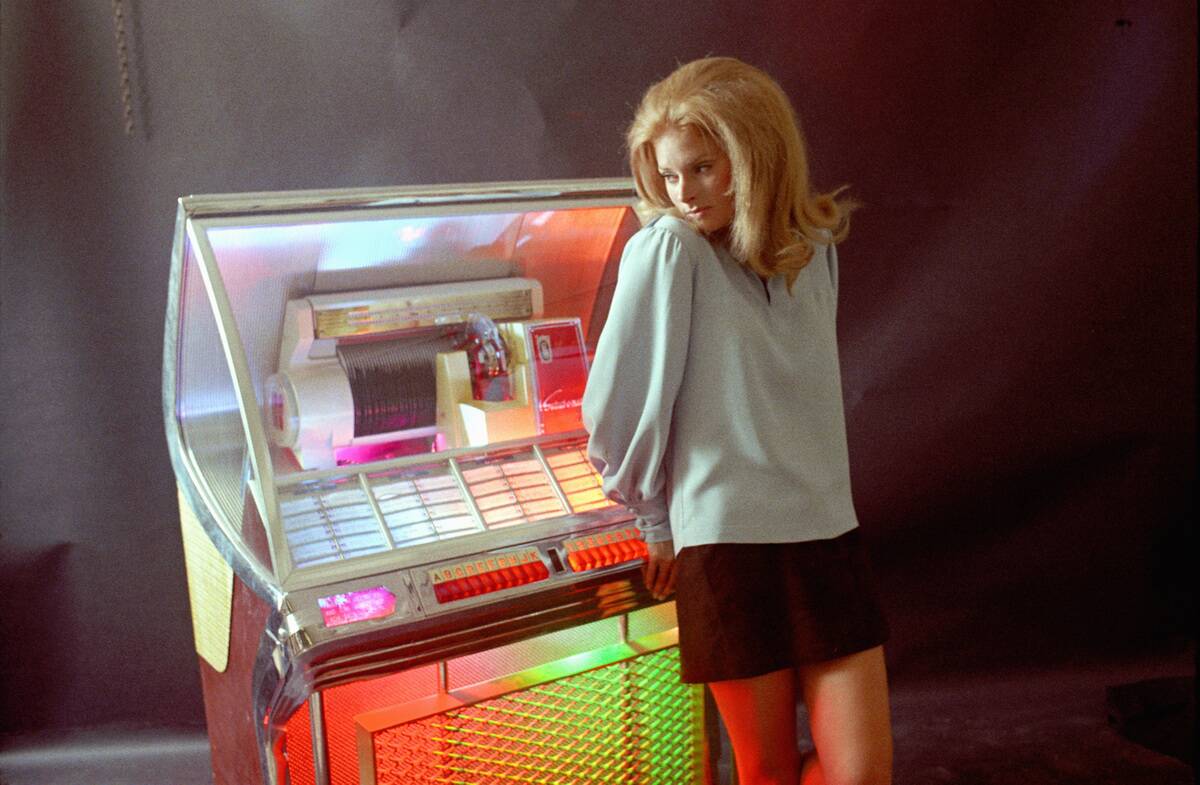
The jukebox has been a staple of American culture since the early 20th century, evolving from simple coin-operated phonographs to elaborate digital music machines. In the ’50s and ’60s, jukeboxes found their home in diners and bars, playing the latest hits and becoming a centerpiece for social gatherings.
As technology advanced, so did the jukebox, eventually finding a place in dance clubs and arcades. Its evolution reflects the changing landscape of music consumption, yet it remains a beloved relic of a bygone era.
The Miniskirt: A Bold Fashion Statement of the ’60s

The miniskirt, introduced in the 1960s by designers like Mary Quant, revolutionized women’s fashion. It was a symbol of liberation and empowerment, marking a departure from conservative dress codes.
Hemlines rose dramatically, and the miniskirt became an emblem of youthful rebellion and freedom. This daring fashion choice challenged societal norms and paved the way for future generations to express themselves through clothing. Today, the miniskirt remains a fashion staple, celebrated for its boldness and its role in the feminist movement.



